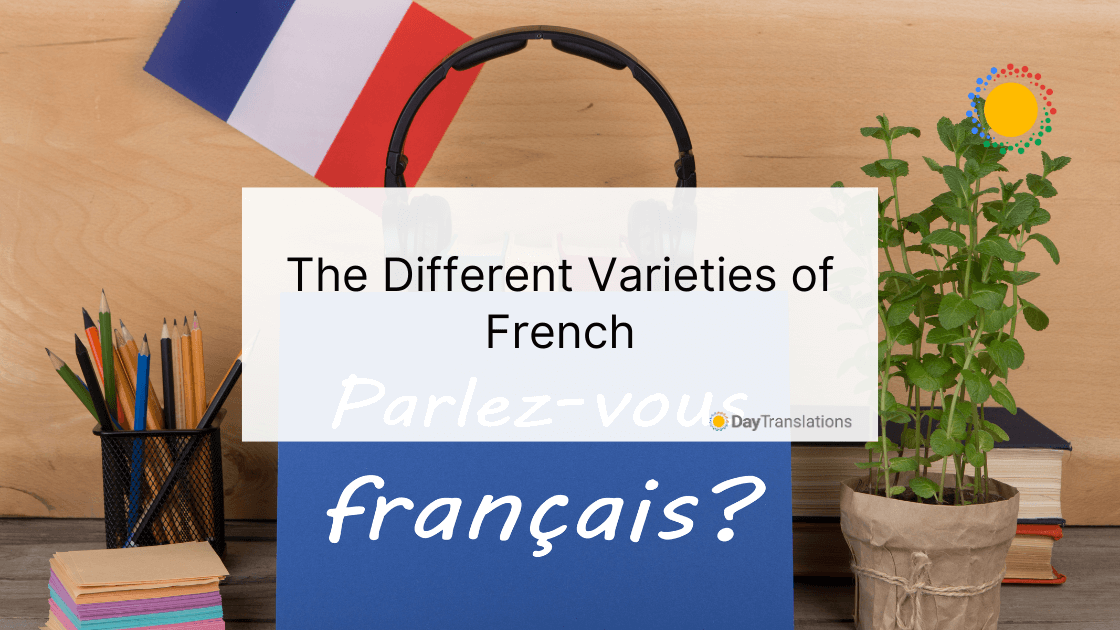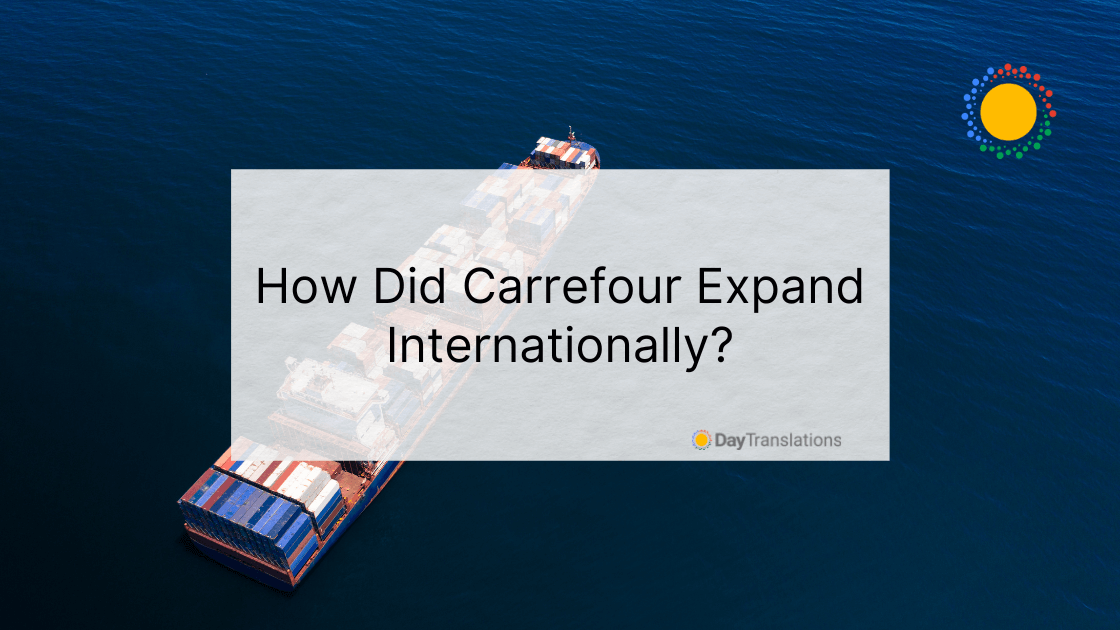Languages can change a lot when spoken in different parts of the world. Take the English language, for example; there’s the American English and British English and the fact that certain things have different names in both of them, e.g., lift/elevator, flat/apartment, etc. There is even a form of English spoken in certain parts of Africa known as Pidgin English. This is the same as the French language. With over 270 million French-speaking people worldwide, the French language has its variations, which span five continents. Let’s take a look at a few, shall we? Allons-y (Let’s go)!
1. French In France
If you’ve ever listened to radio or TV, and the anchors/hosts were speaking French, then you were probably listening to this variety of the French language. It is known as the Standard French or International French and is spoken in Paris. This is the form usually taught to people who wish to learn the language. The quirky thing about it is the fact that it has absorbed certain English words, so don’t be surprised to hear stuff like un sandwich, le marketing, and le wi-fi from time to time. Parisian French also makes use of a lot of excited and animated words like très bien! Magnifique!,enormẻ! And it is also pretty fast.
2. Marseillais
A little further South would put us in the vicinity of the city of Marseille, where Marseillais, a form of French is spoken. It is characterized by rhythmic intonations and the emphatic pronunciation of each syllable. What’s more, the phrase ‘eh’ is generally added in sentences.
3. French In Belgium
Close to 50% of the Belgian population speak this version of French, mostly to the south in Wallonia. Belgian French has been greatly influenced by the Dutch Language, especially in pronunciation ‒ it sounds more firm than Standard French. There are also differences in grammar as well. In Standard French, the number 80 is written as quatre-vingts however in Belgian French, it’s octante ‒ a lot easier to remember, right?
PS; Did you know that French fries are believed to have been first created in Belgium and not France?
And now we leave Europe and move all the way to the far side of the world, all the way to North America.
4. French In North America
Eastern Canada was the first French settlement in the Americas; it is known as La Nouvelle France (New France). There are two types of French spoken in Eastern Canada. In Quebec, there is a form called Quebẻcois, which is quite similar to the Parisian French in writing. However, there are more pronounced differences in speech though ‒ get it? Speech and pronounce? No? Argh! Forget it. For instance, the sounds ‘d’ and ‘t’ are generally pronounced as ‘dzz’ and ‘tss’ when put before ‘u’ or ‘i.’
Although there is much resistance to English in Quebec, some English words have managed to infiltrate Quebẻcois:
- un chum = boyfriend
- une blonde = girlfriend
- la job = job
A trip to the province of New Brunswick on the maritime coast would reveal another unique type of French, the Acadian French, with a marked seafaring and Anglophone tone. The number 80 isn’t octante here either, it’s huitante.
5. French In Louisiana
Commonly known as Creole and spoken by less than 10,000 people, it is considered an endangered language. Creole is a blend of French and all the African languages which entered into the United States as a result of the slave trade.
Another variety of French in the Americas with a distinctive African flavor is that spoken in the Caribbean in general, particularly in Haiti. It also throws in Spanish and Portuguese words alongside other colonial languages.
Speaking about Africa, let’s see what kind of French is spoken there!
6. French In Algeria
French-speaking people are common in the Maghreb countries of North Africa, comprised of Mauritania, Morocco, Tunisia, and Algeria. We’ll focus on Algeria. Algerian French is peppered with Arabic words and pronunciation ( Rs are rrolled). It may seem a bit guttural due to the heavy Arabic accent; this depends on the speaker too.
7. French In Congo
French is spoken in certain countries in West Africa, such as Ivory Coast and the Democratic Republic of Congo (DR Congo or DRC). In the DRC, French is the official language due to its history of Belgian colonization. It holds the honor of being the most-populated officially French-speaking country. French in DR Congo is a mixture of local languages and is often clipped or cut short and sounds very different from the International French.
8. French In Switzerland
Italian, German, and French are all official state languages in Switzerland, making it one of the most multilingual countries in the world.
French is particularly spoken in a place called Romandy.
The Swiss are neutral people, and as such, do not have a noticeable accent when speaking French. However, on close inspection, it can be found that they speak a bit slower than regular French speakers. This is especially beneficial for people who haven’t found their bearings in the French language yet. You might also hear a lot of ‘Tout de bon!’ in place of the conventional French form of goodbye (Au revoir).
That’s all folks!
Actually, no it isn’t. This article is just la pointe de l’iceberg (a tip of the iceberg). There are so many more different dialects of French with various accents and vocabularies ‒ Hey, even Asia isn’t left out! You don’t just know when you’ll bump into a ‘different’ sort of French. Luckily, you can count on Day Translations for all varieties of French translations.
So whether you’re traveling the francophone tourist destinations or just doing business in France, be sure to brush up on your Standard or Parisian French. It might be a lifesaver, literally too.
That’s all folks! ‒ it’s really all this time.
Au revoir!












Sorry, the comment form is closed at this time.